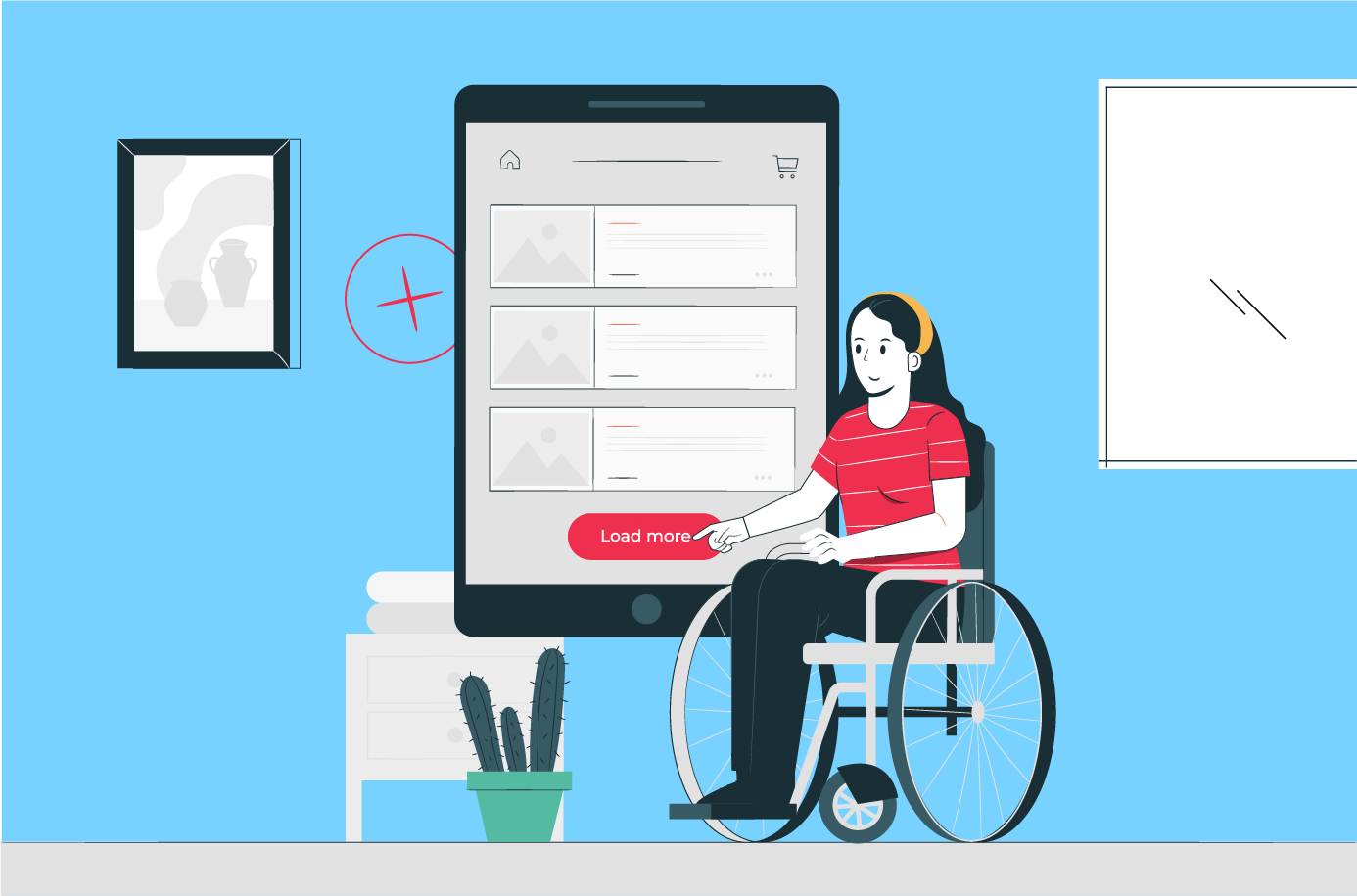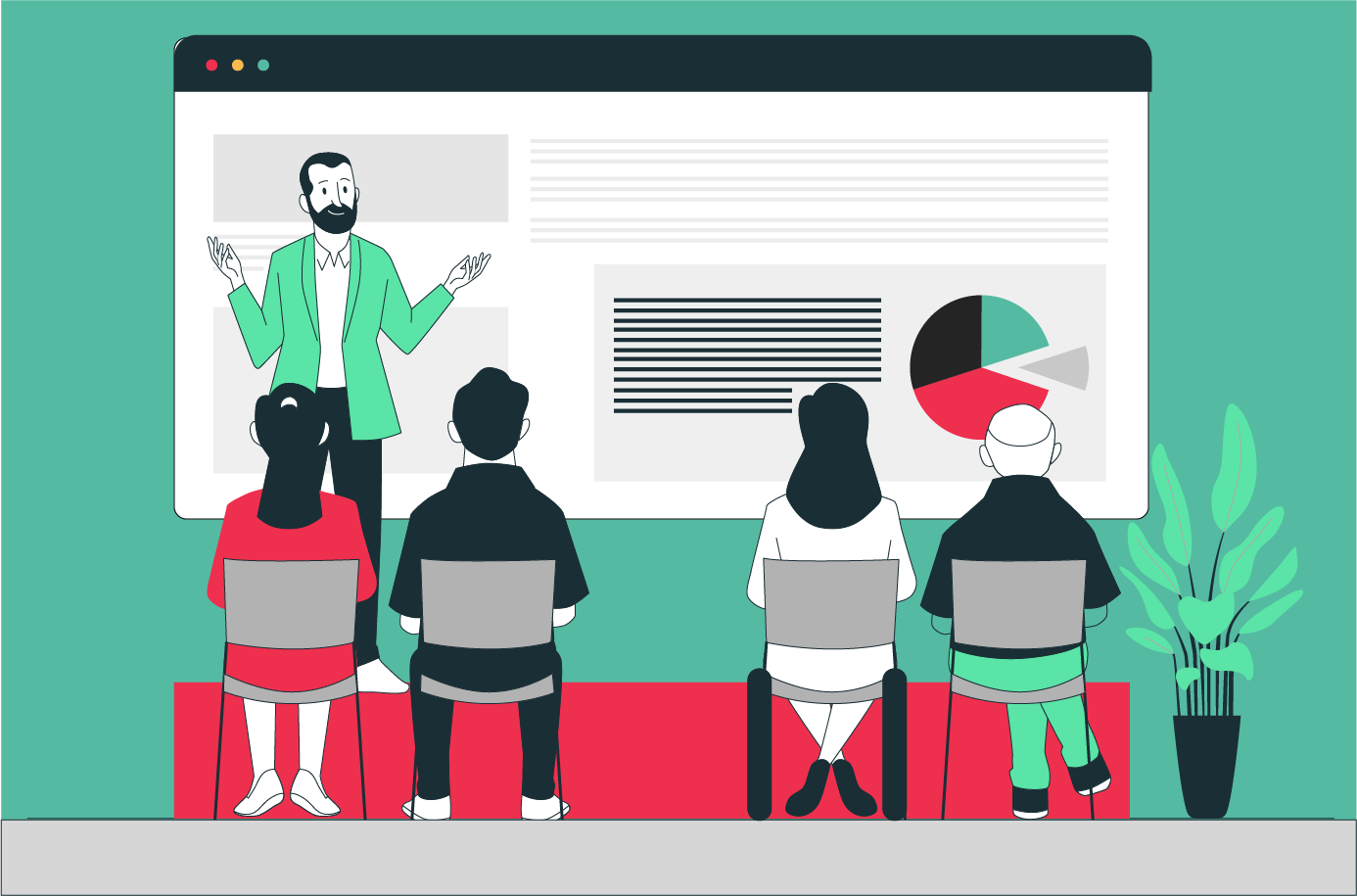In the competitive world of higher education, effective web design is essential to attract, engage, and retain students, faculty, staff, and alumni. With the increasing prevalence of online learning and the importance of digital communication, institutions must have a visually appealing and user-friendly website.
However, designing a successful website for higher education can be challenging, considering various audiences’ different needs and expectations. This article will explore seven tips for your next redesign of a higher-education website. By following these tips, you can create a website that showcases your institution’s strengths and values and provides an optimal user experience for all visitors.
Why Does Higher-Education Website Design Matter So Much?
A good higher-education website design is crucial because it is often the first impression prospective students, parents, and faculty members have of the institution. The website design can influence how individuals perceive the institution’s brand, mission, and values, impacting their decision to apply, enroll, or work there.
A well-designed website that is easy to navigate, visually appealing, and accessible to all users can enhance the user experience and promote engagement. Additionally, a website that is optimized for search engines can increase visibility and attract more visitors to the site. Therefore, higher-education website design plays a critical role in attracting and retaining students, faculty, and staff and building and maintaining the institution’s reputation.
The Keys to Great Higher-Ed Web Design
Excellent higher-education web design combines vital elements to create an engaging and practical user experience. First, the design should be visually appealing and reflect the institution’s brand and identity. It should also be easy to navigate, with intuitive menus and clear calls-to-action that guide users to the necessary information. The website should be accessible to all users, including those with disabilities, through appropriate color contrast, alt text, and other accessibility features.
The site should also be optimized for search engines and designed to load quickly, ensuring users can easily find and access the information they need. Finally, excellent higher-education web design should prioritize mobile responsiveness, given the increasing use of mobile devices for web browsing. By incorporating these key elements, higher education institutions can create a website that effectively communicates their mission and values and provides a positive user experience for all visitors.
What Do I Need To Know About Accessibility?

Regarding web design for higher education, it’s vital to prioritize accessibility to ensure that all users, regardless of their abilities or disabilities, can access the information and resources provided on the website.
Accessibility involves designing the website in a way that accommodates users with disabilities, such as visual impairments, hearing impairments, motor impairments, or cognitive impairments. This can include using appropriate color contrasts, providing alternative text for images, using captions or video transcripts, ensuring keyboard accessibility, and designing a user-friendly layout.
Additionally, it’s essential to adhere to web accessibility standards such as the Web Content Accessibility Guidelines (WCAG) and to regularly test and evaluate the website’s accessibility to identify and address any barriers to accessibility. By prioritizing accessibility in web design, higher education institutions can ensure that all users can fully engage with the resources and information provided on their websites.
What Do I Need To Know About User Experience?
When designing a website for higher education, user experience (UX) should be a top priority. The UX of a website refers to the overall experience that users have when interacting with the site, including how easy it is to navigate, how quickly it loads, and how well it meets their needs.
Designing a user-friendly interface that prioritizes ease of use and straightforward navigation is essential to ensure a positive UX. This can be achieved using clear and concise language, providing well-organized and intuitive navigation, and ensuring fast load times.
Additionally, it’s crucial to ensure the website is optimized for mobile devices and incorporates features such as search functionality and easy-to-use forms. By prioritizing UX in web design, higher education institutions can create a website that is user-friendly, accessible, and meets the needs of all users.
#1: Tell a Story With Your Content
Telling a compelling story through content is essential for higher-ed websites as it can engage visitors and convey the institution’s values, goals, and achievements. The story can be crafted through a combination of text, images, videos, and other media to provide a comprehensive and engaging experience for visitors.
The story can cover various aspects of the institution, such as its history, academic programs, research, campus life, and community outreach initiatives. It can also highlight the successes and achievements of students, faculty, and alumni.
By telling a compelling story, higher-ed websites can attract prospective students, engage current students and faculty, and build a strong brand image. The story should be consistent with the institution’s identity, mission, and values and should resonate with the target audience. A well-crafted story can make a lasting impression and give visitors a positive perception of the institution.
#2: Form Follows Function
Designing a higher-education website can be daunting because you have to balance the form, i.e., the design itself and the function. Fortunately, there are some tips that can help make the process easier.
Firstly, consider using white space effectively, as it can help draw attention to important elements on the page and make the website look more organized. Another tip is to provide contrast, such as using different colors for text and background, as it can improve readability and make the website more user-friendly.
Appropriate fonts are also necessary, as they can significantly impact the website’s overall appearance and readability. Fonts should be easy to read and consistent throughout the website to provide a seamless user experience. Additionally, keeping the design simple and avoiding clutter can help create a user-friendly website that is easy to navigate.
#3: Create Positive Emotional Connections

Creating positive emotional connections is essential to higher-ed website design, as it can enhance the overall user experience and leave a lasting impression on visitors. Positive emotional connections can be created by designing a visually appealing, user-friendly, and easy-to-navigate website.
Compelling images, videos, and stories can also help evoke positive emotions in visitors. Additionally, incorporating interactive elements such as quizzes, polls, and surveys can help to engage visitors and foster a sense of community.
Personalization is another way to create a positive emotional connection by tailoring the website experience to the specific needs and interests of the user. For example, displaying information about the user’s program of interest or location can help to make the website experience more relevant and engaging.
By creating positive emotional connections, higher-ed websites can foster a sense of loyalty and engagement among visitors, ultimately leading to greater success in recruiting and retaining students, faculty, and staff.
#4: Focus on Your Institution’s Branding
Focusing on the institution’s branding is crucial for higher-ed website design as it can help convey its identity, values, and mission. A strong brand can help to differentiate the institution from its competitors and attract students, faculty, and staff who share its values and mission.
The website should be designed with the institution’s branding in mind, incorporating its logo, color scheme, and other visual elements consistent with the brand. It’s also important to use language consistent with the institution’s brand voice and highlight its unique selling points. This can include its academic programs, research initiatives, campus culture, and community outreach efforts.
The website design should appeal to the institution’s target audience, whether it be prospective students, current students, faculty, or alumni. By focusing on an institution’s branding, higher-ed websites can build brand awareness, improve visibility, and enhance the institution’s reputation.
#5: Create a Career Pathway
Creating a career pathway is essential to higher-ed website design as it can help students navigate their academic journey and prepare for their future careers. The website should provide information on the institution’s academic programs and courses, including prerequisites, course descriptions, and degree requirements.
It’s also important to provide career counseling, job search assistance, and networking opportunities to help students connect with potential employers and develop their professional skills. The website can also feature success stories and testimonials from alumni who have pursued successful careers in their fields of study.
Higher-ed websites can help students make informed decisions about their academic and career paths by creating a career pathway, leading to greater success in their chosen fields. The career pathway should be designed to be user-friendly and accessible, with clear navigation and easy-to-find resources to help students achieve their goals.
#6: Address Multiple Audiences
Addressing multiple audiences is an important consideration when designing higher-ed websites, as the website must appeal to various users, including prospective students, current students, faculty, staff, and alumni.
The website should be designed with a user-centered approach, considering the needs and goals of each audience. This can be achieved by creating targeted sections of the website that cater to the specific needs of each group, such as providing information about academic programs for prospective students, course registration for current students, faculty resources for faculty members, and alumni events and networking opportunities for alumni.
It’s also essential to provide straightforward and intuitive navigation to ensure audiences can easily find the information they need. By addressing multiple audiences, higher-ed websites can improve user experience and engagement, leading to greater success in recruiting and retaining students, faculty, and staff.
#7: Be Interactive
Being interactive is an important aspect of higher-ed website design as it can engage visitors and provide a more immersive experience. It’s crucial to design interactive elements that are user-friendly and accessible to ensure that all visitors can participate and engage with the website.
Interactive elements can include quizzes, surveys, polls, games, social media feeds, discussion forums, and live chat features. These elements can encourage visitors to engage with the website and each other, creating a sense of community and belonging.
Additionally, interactive elements can provide valuable feedback to the institution, allowing them to better understand the needs and interests of their audience. By being interactive, higher-ed websites can provide a more engaging and memorable experience for visitors, ultimately leading to greater success in recruiting and retaining students, faculty, and staff.
Conclusion
Designing an effective website for higher education requires careful planning and consideration of the needs of multiple audiences. A well-designed website can improve the reputation and visibility of your institution, ultimately leading to greater success in achieving your academic and recruitment goals.
By following these seven tips for your next redesign, you can create a visually appealing, user-friendly, and engaging website. From focusing on your institution’s branding to building a career pathway and being interactive, each tip plays a vital role in creating a website that will attract and retain students, faculty, staff, and alumni.
We hope these tips will help you create a successful website for your institution. If you’re planning a website redesign, or want to build a new website from scratch, consider working with Manaferra. Our team of experienced designers and developers can help you create a website that reflects your institution’s brand, meets your goals, and engages your audience. Contact us today to learn more about our web design services.